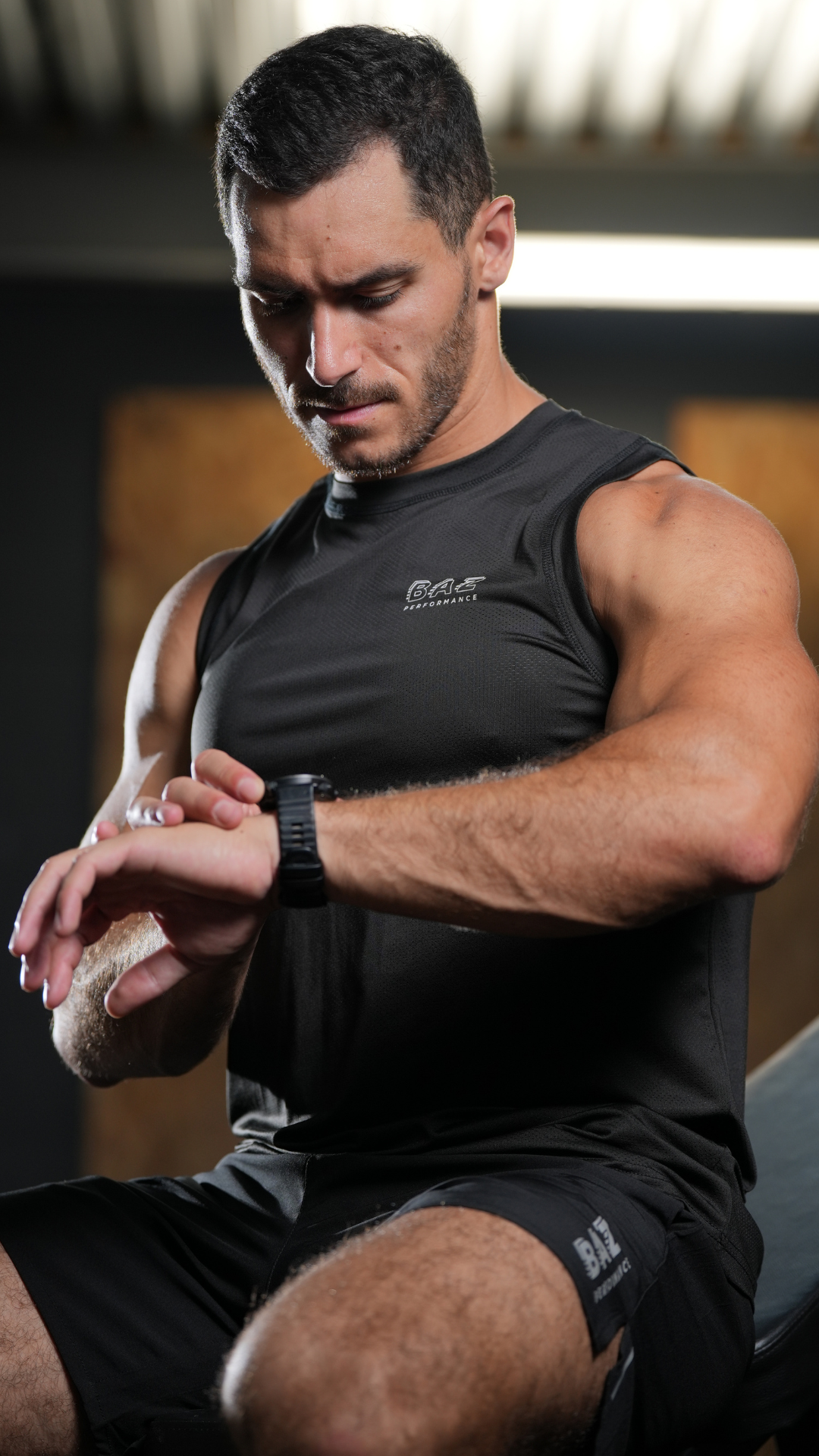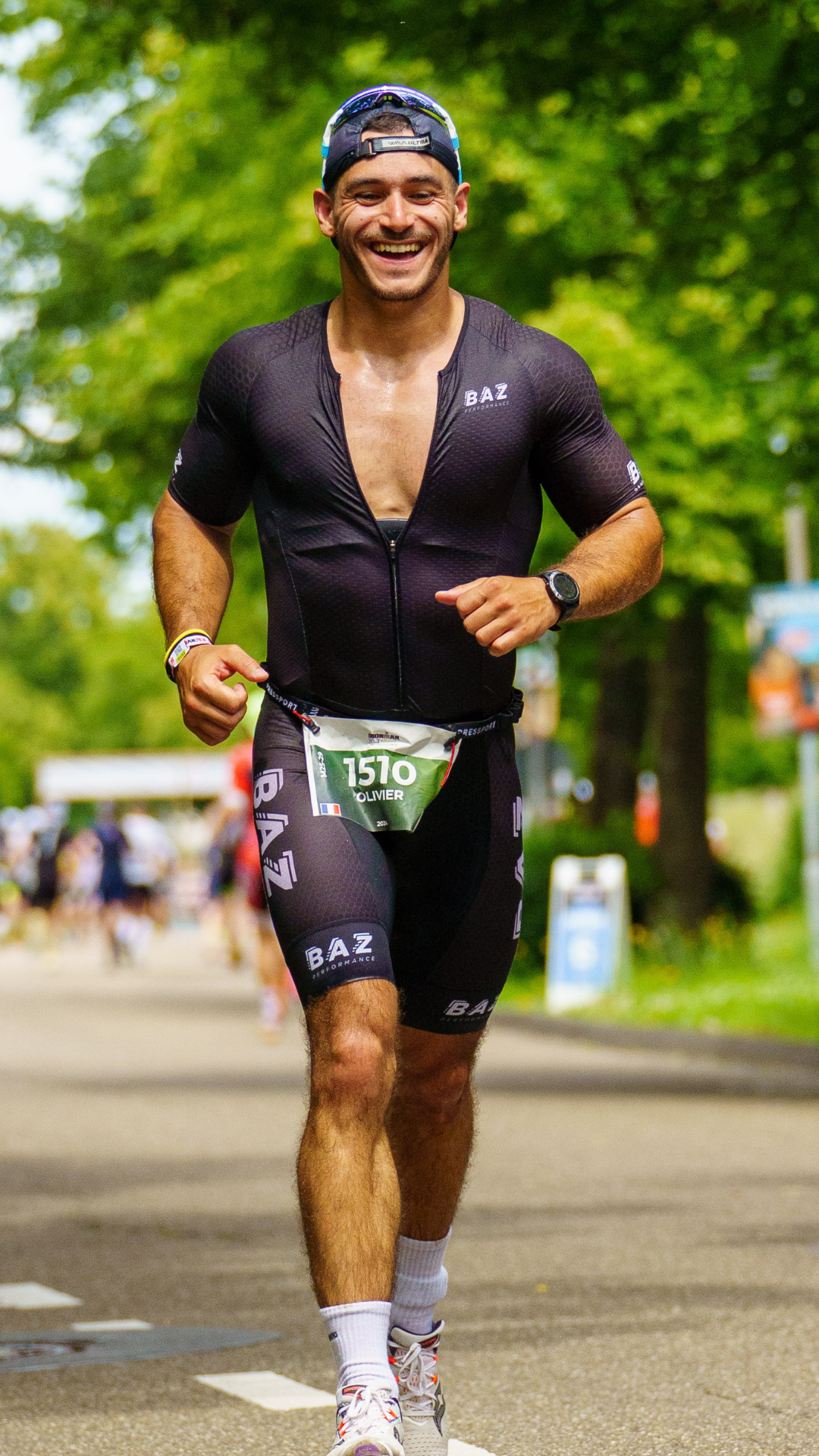
How to Build an Effective Endurance Training Program
1. Understand the basics of endurance
Endurance is generally divided into two categories: aerobic endurance and anaerobic endurance. Aerobic endurance refers to the ability to maintain an effort over a long period of time with a constant supply of oxygen, while anaerobic endurance refers to the ability to sustain intense efforts over short periods of time. To develop a balanced program, it is important to work on both types of endurance. A professional coach can help you understand these concepts and effectively integrate them into your program. Don't hesitate to consult an expert for advice tailored to your level and goals. Find more information here .
2. Set clear goals
Before starting a training program, define your goals. Are you looking to improve your endurance for a specific competition, or do you simply want to improve your overall fitness? Your goals will determine the intensity, frequency, and duration of your training sessions. A professional coach can help you set realistic and personalized goals based on your abilities and ambitions . Follow this link to find out how personalized coaching can help you achieve your goals here .
3. Build a progressive training program
Progression is the key to a good endurance program. Start with moderate workouts, then gradually increase the intensity and duration over the weeks. For example, if you start by running for 30 minutes three times a week, try adding 5 to 10 minutes to each session every other week. To ensure you're progressing safely and effectively, a coach can develop a progressive program tailored to your needs. To learn more about professional coaching, click here .
4. Incorporate varied workouts
To avoid monotony and boost different aspects of endurance, incorporate a variety of training into your program. Alternate between long endurance sessions, high-intensity intervals, and strength sessions. For example, a runner might include a weekly long run, a sprint session, and a specific strength training session. A professional coach can help you strategically vary your workouts to maximize your results. Click here to learn how personalized coaching can make a difference.
5. Importance of recovery
Rest and recovery are just as important as the training itself. Without adequate recovery time, you risk overtraining, which can lead to injury and decreased performance.
A coach can guide you in balancing training and recovery, ensuring consistent progress without the risk of injury. For more information on recovery coaching, follow this link here .
6. Monitoring and adjustment
Tracking your progress is crucial for maintaining motivation and adjusting your program based on your performance. Use a training journal or app to record your sessions, how you feel, and your progress. If you feel like you're stagnating or overly tired, don't hesitate to adjust your program . A professional coach can provide regular follow-up and adjust your program in real time according to your needs. To learn more about the benefits of personalized monitoring, click here .

